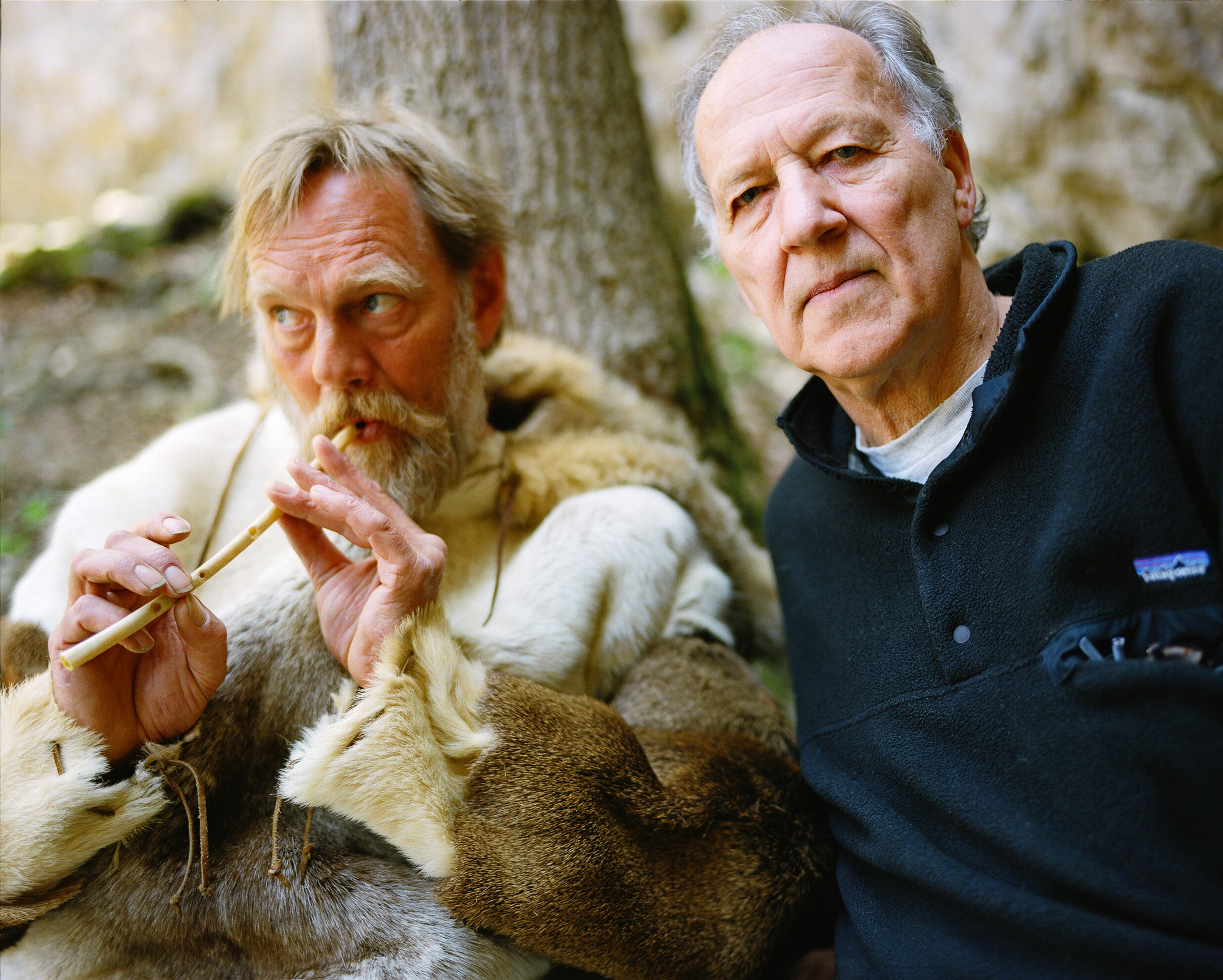Cave Of Forgotten Dreams 3D
Director: Werner Herzog
2:1
by Gheorghe Russo
With my only precedent for Herzog being two of his non-documentary feature films and a handful of YouTube clips (most notably the brilliant Werner Herzog Reads Where’s Waldo), I had no based assumptions about his non-fiction directing style, apart from a faint idea about an existentialist, ever-probing narrative habit. This left me puzzled as to how it would apply to what can be simplistically called a 3D film about cave paintings, but it also, inevitably, piqued an interest I was unaware I had.
The background to the film is the 1994 discovery of the Chauvet Cave in France, an untouched time capsule of Paleolithic history and art – it is literred with breathtaking depictions of lions, bears, rhinos and horses, as well as various animal remains preserved by dripping stalactites. By far the oldest discovered hub of cave paintings in the world, it is also the most immaculate, as a prehistoric landslide sealed the cliff-face from outside interference for tens of millennia. More than a fascinating example of art, it is perhaps the genesis of art itself. The Chauvet Cave was soon quarantined by the French government, so as to preserve it in the interest of study, and Herzog’s access to it as a civilian and filmmaker is unprecedented. We are informed that only a week of shooting took place, with the restriction of four hours filming per day and only a three-person crew (director included).
If you think all that sounds boring, stop thinking that. This is not a movie for history or archeology or art buffs, this is an accessible piece for anyone with a sense of curiosity. It sets out to inform, but it doesn’t do it in a clinical, overly didactic manner we associate with documentaries. Herzog doesn’t just tell the tale of the cave paintings, he celebrates and explores the lives of those who created them. As he puts it, while we exist in the now, these people have always existed, timeless and not restricted by history. They were and always will be.
It’s hard to explain how exactly this existentialist spin works, but it does, and spectacularly so. This is due in large part to the human, not scientific, ethos of Herzog. The mesmerising use of 3D is surprisingly suited to the documentary format: the contours of the caves, which the Paleolithic artists themselves used, however subconsciously, to add fluidity to their works, come to life on screen, every curve and every notch. This long-gone race is lent personality and relatability by anecdotal observations – in one instance, the authorship of several handprints in different parts of the cave is identified by one Paleolithic human’s crooked little finger. The interviews with various experts have humanity breathed into them; the 3D and Herzog’s off-kilter questions turns them from talking heads to palpable, real people.
The film doesn’t just focus on the Chauvet Cave and its contents, though. It extends to German sites which have produced the earliest examples of sculptures – grotesque but fascinating interpretations of the female form – and bone flutes which use the same musical scales we still do today. These extra details add a further dimension (forgive the pun) to an already engaging narrative.
Cave of Forgotten Dreams suffers from two small but noticed problems: Herzog, in his intricate voiceovers, approaches selfparody in places, and a dialogue-less sequence depicting the paintings towards the end is unnecessarily drawn out, but these are the only places it falls short. The film ends with a euphorically creepy epilogue, reinforcing the film’s validity in a modern context. As credits roll and we return to our 2D existence, a reflection on our own mortality and tiny inescapable place in a vast history sets in. Herzog, without dull philosophy or scientific jargon, teaches and provokes, but not in that order. You want to see this film, take it from me.
Gheorghe Russo
The Trailer to Cave of Forgotten Dreams











